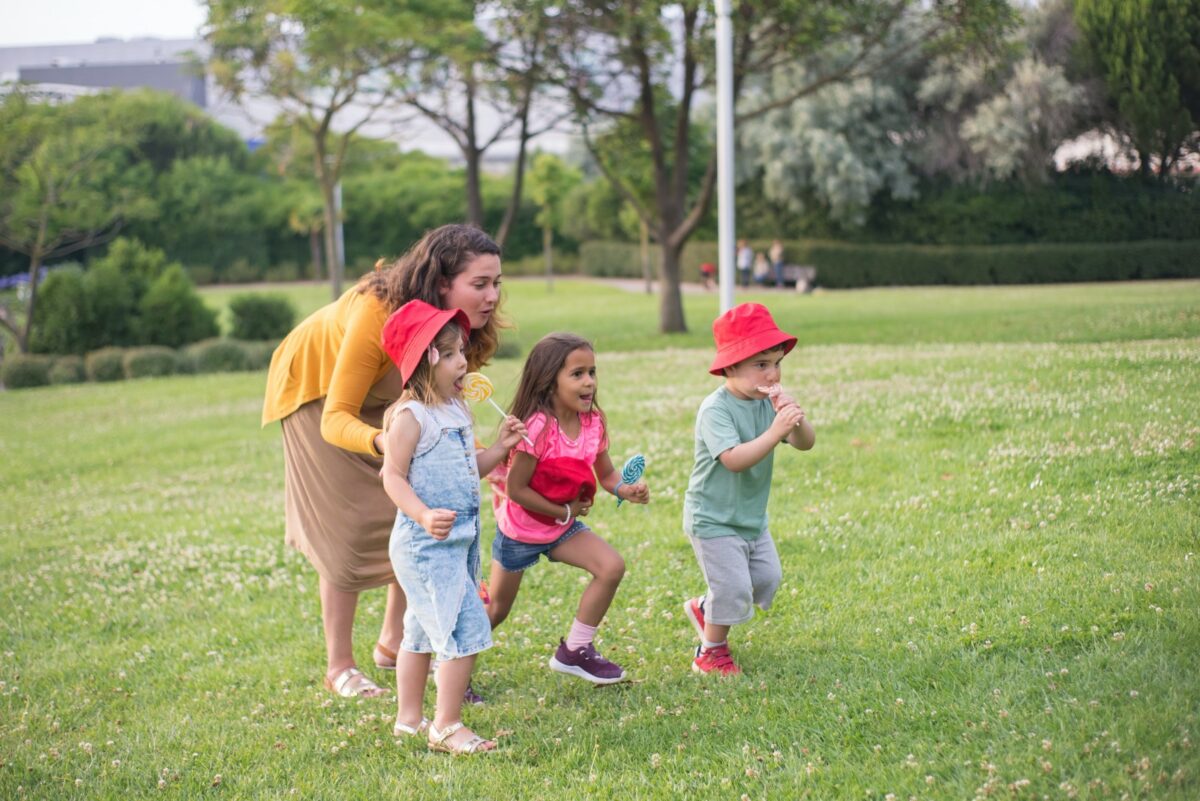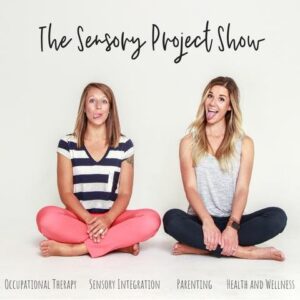
Taking care of yourself as a new mom and adjusting to your new role can be both exciting and challenging. With so many changes happening, it’s natural to feel overwhelmed or unsure of what to do next. However, having a support system and the right tools and knowledge can help you navigate this transition with more ease and confidence. By the end, we will cover some essential must-haves for new moms, how to support a new mom, and effective parenting strategies for new parents.
Understanding My Emotional Needs
As a new mom, it is essential to prioritize your emotional well-being. You may feel overwhelmed or anxious at times, but it is crucial to recognize these feelings and address them. Here are some tips on how to take care of yourself emotionally:
- Rest whenever you can and accept help when it’s offered
- Eat nutritious meals and stay hydrated
- Connect with other new moms for support and advice
- Take care of your physical and emotional health
By focusing on self-care, you can take care of your baby more effectively.
Must-Haves for New Moms
Having the right tools and items can make your life easier as you care for your new baby. Here are some must-haves:
- Diapers and wipes
- Baby clothes and blankets
- Nursing bras and breast pads (if breastfeeding)
- Bottles and formula (if bottle-feeding)
- Baby carrier or sling
- Baby monitor
- Changing table or mat
- Stroller or baby carrier
Preparing for the baby’s arrival can also make the transition easier. Set up a nursery or designated space for the baby, create a registry, stock up on essentials in advance, and prepare meals in advance or arrange for meal delivery.
As a partner, family member, or friend, supporting a new mom can make a big difference during this exciting but challenging time. Here are some ways to offer support:
- Understand that new moms may feel overwhelmed or anxious
- Listen and offer encouragement
- Help identify and address any feelings of guilt or inadequacy
- Offer to help with household chores or running errands
- Bring over a meal or offer to cook
- Provide a listening ear and offer advice if asked
- Offer to watch the baby so the new mom can have a break
- Remind her of her strengths and abilities
- Validate her feelings and experiences
- Help her connect with other new moms for additional support
Effective Parenting Strategies for New Parents
As new parents, it’s normal to feel uncertain about how to best support your child’s development. Here are some effective parenting strategies to help you navigate this exciting but challenging time:
- Focus on finding solutions rather than dwelling on problems
- Cultivate a positive mindset and focus on what’s going well
- Acknowledge what’s working well and build on it
- Identify areas for improvement and set goals for positive change
- Use positive reinforcement to encourage desired behaviors
- Set clear expectations and boundaries
- Use natural consequences for misbehavior
- Reframe negative behaviors by focusing on positive alternatives
- Use a guidance approach to parenting that emphasizes problem-solving and collaboration
- Practice assertiveness and set clear expectations while respecting your child’s needs and feelings
- Encourage self-regulation and self-motivation in your child
- Use stress-reducing techniques like mindfulness or exercise
- Create a peaceful and supportive home environment

Additionally, it’s important to note that every family is different and what works for one family may not work for another. As a new parent, it’s okay to experiment with different strategies and find what works best for you and your child.
Another crucial aspect of effective parenting is establishing a routine and structure for your child. A consistent routine can provide a sense of stability and predictability for your child, which can be especially important during times of change or transition. This can include setting regular bedtimes and meal times, establishing a daily schedule for activities, and creating a designated space for playtime.
It’s also important to foster a positive and nurturing environment for your child. This can include providing praise and encouragement for their accomplishments, expressing love and affection, and creating opportunities for bonding and quality time together. Remember that children thrive in environments where they feel safe, supported, and loved.
By implementing these effective parenting strategies, you can raise confident and resilient children while reducing stress in your household.
Becoming a new mom is an exciting and challenging time, but with the right support and effective parenting strategies, you can navigate this transition with more ease and confidence. By prioritizing your emotional well-being, having the right tools and items, and seeking support from others, you can take care of your baby more.
Love and Blessings,
Katherine
P.S.: Looking for more weekly guidance? Join me in my private Facebook group for tips every Tuesday!























